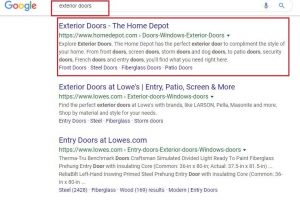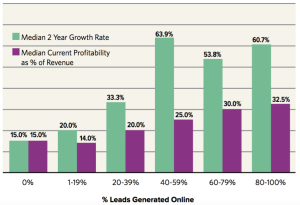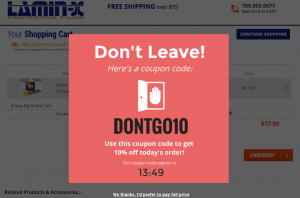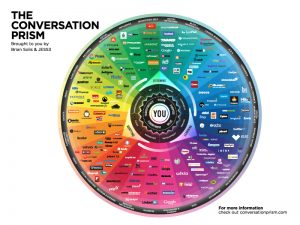— December 26, 2017

CPL140 / Pixabay
A few weeks ago I published a post titled, Mailing List Management: Starting at the Beginning, which explained that choosing an email marketing service should not be your first step in setting up your list.
A reader messaged me this week and said she had done her background work according to that post and now she was ready to choose her mailing list provider. So this weeks’ post will help you make that important decision for your business.
Avoid Low-cost Mentality
Aside from time and location freedom, the biggest benefit to starting an online business is the lack of start-up capital required. But this can lead some entrepreneurs into a low-cost mentality which can cause you to lose sight of the bigger picture.
While it is possible to start a business without spending any money at all, it’s truly not a good idea. That free hosting account will no doubt have downtime issues (not to mention the ads they’ll serve up to your visitors). Free word processors will have compatibility issues with other, more common solutions. Free WordPress themes and plugins can have support issues.
So while bootstrapping is a good thing, making business decisions based solely on cost is not. And nowhere is that truer than when it comes to choosing an email list manager.
Common Issues with Low-Cost Mailing List Services
- Deliverability Issues. The biggest problem I see with low-cost providers, including those you install and manage yourself is deliverability. Popular email services such as Yahoo, Gmail, and others vigorously defend their users’ accounts against spam, and will often mark your legitimate email as spam, simply based on the IP address it originates from.
Large email list providers have the resources to fight these false spam reports and keep their deliverability rates high. That’s what their users pay for. But when you choose a free or low-cost provider (or manage your own server), this might not happen. Over time, you’ll see your deliverability rates plummet.
- Limited Features. Deliverability aside, many low-priced providers can afford to charge lower rates because they limit the features. For example, you might only be able to collect 500 addresses, or you may only be able to send a few emails each month. Even worse, you may not be able to segment your list or automate your emails.
Before you make the choice to use a low-priced or free email provider, be sure you fully understand the limitations of the account. While some concessions might be okay with you, others might put a serious crimp in your business-building efforts.
- Future Growth. Finally, keep in mind that changing providers later (when you’re “ready”) can be a huge undertaking. You’ll have multiple landing pages and opt-in forms to edit, connections with your shopping cart, webinar host, social media accounts, and countless other integrations to deal with. And you’ll have a list of names to import to your new provider, many of which will either opt-out or be undeliverable at your new host.
Rather than go through all that trouble, the better option is to choose the right provider from the start, and if cost is an issue, create a plan to cover the expense instead of settling for the wrong service.
What You Should Look for in a Mailing List Provider.
The best list management services are affordable and don’t require you to have extensive technical know-how. They also offer a variety of features to help you target specific demographics and bypass spam filters, which can improve the effectiveness of your emails.
The minimum features you should look for are:
- Availability of autoresponders. You will use these throughout your business to communicate with customers and/or program participants.
- Triggered Responses. For example, schedule a follow-up email based on a certain date or based on an action by the reader.
- Responsive templates. This allows your email to appear correctly on any device your reader is using from desktop to mobile phone.
- Multiple sign up forms. Beware of any service that only allows you to have one sign up form. You will need several lists beyond a basic interest list.
- Pricing Flexibility. You need the ability to increase plans to include more contacts and emails as your business grows.
There are many plans on the market today and this is a highly individualized choice. While you may want to ask your colleagues what they use, keep in mind that their needs may be different from yours.
Digital & Social Articles on Business 2 Community
(49)









